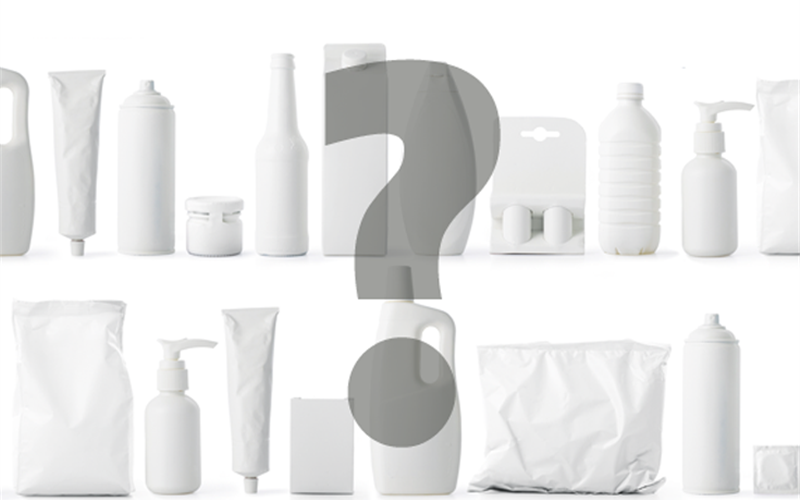Test Your Packaging IQ: Difference Between
Do you know the exact meaning of cold and hot foil stamping?
Cold foil stamping is a method of printing metallic foil on a substrate in order to enhance the aesthetic of the final product. While hot stamping is a printing method of relief printing in which pre-dried ink or foils are transferred to a surface at high temperatures.
This edition of Test Your Packaging IQ discusses a few basic concepts related to printing and packaging that you should be aware of.
25 Apr 2019 | By WhatPackaging? Team
Q. What's the difference between retort and aseptic packaging?
A. A retort pouch is a type of food packaging made from a laminate of flexible plastic and metal foils. It allows sterile packaging for a wide variety of food and drink handled by aseptic processing, and is used as an alternative to traditional industrial canning methods
Aseptic packaging is a processing technique wherein commercially thermally sterilised liquid products. These are packaged into previously sterilised containers under sterile conditions to produce shelf-stable products that do not need refrigeration.
Q. Difference between the stretch wrap and shrink wrap
A. Stretch wrap is a highly stretchable plastic film that is wrapped around items. The elastic recovery keeps the items tightly bound. In contrast, shrink wrap is applied around an item and shrinks tightly with heat.
Shrink wrap is a material made up of polymer plastic film. When heat is applied, it shrinks tightly over whatever it is covering.
Q. Difference between RGB and CMYK
A. CMYK refers to the four inks used in some colour printing: cyan, magenta, yellow. In additive colour models, such as RGB, white is the "additive" combination of all primary coloured lights, while black is the absence of light.
Usually, the computer screens and smartphones and cameras deploy colour as RGB whereas print design uses CMYK.
Q. Difference between vacuum forming and thermoforming
A. Vacuum forming is a simplified version of thermoforming, where a sheet of plastic is heated to a forming temperature. This is stretched onto a single-surface mould, and forced against the mould by a vacuum. This process can be used to form plastic into permanent objects such as turnpike signs and protective covers.
Thermoforming is a manufacturing process where a plastic sheet is heated to a pliable forming temperature, formed to a specific shape in a mould, and trimmed to create a usable product.
Q. What's the difference between coding and marking?
A. Marking can be directly derived from trademarking, done through a graphical or symbolical representation. The batch code is a series of characters which aims at internal data monitoring in the supply chain.
Data Source: Handbook of Plastic Processes by John Wiley & Sons; Cold Foil for Dummies: Wiley Publishing; Handbook of Paper and Paperboard Packaging Technology by John Wiley & Sons; JL Throne, Understanding Thermoforming, Hanser Gardner Publications; The Reproduction of Colour: Wiley–IS&T Series in Imaging Science and Technology; LightWave 3D 7.5 Lighting by Nicholas Boughen; Effect of shrink wrap packaging for maintaining quality of cucumber during storage by R K Sharma













 See All
See All